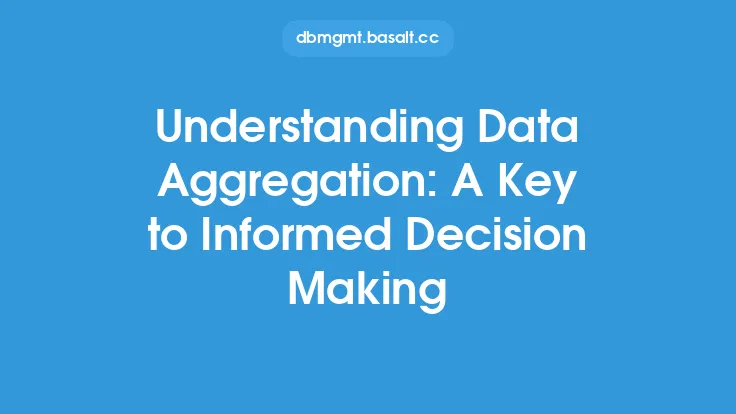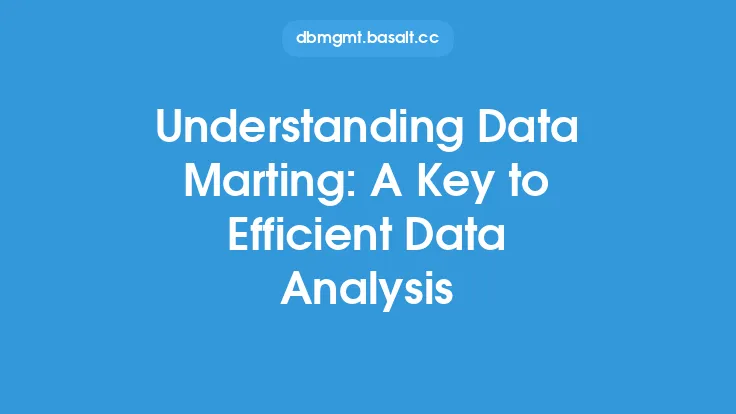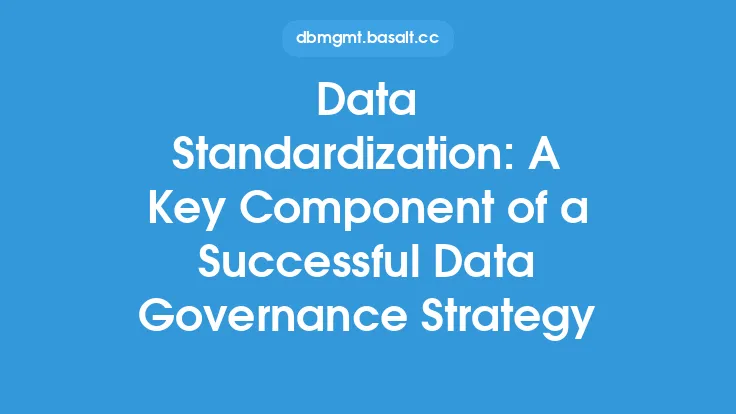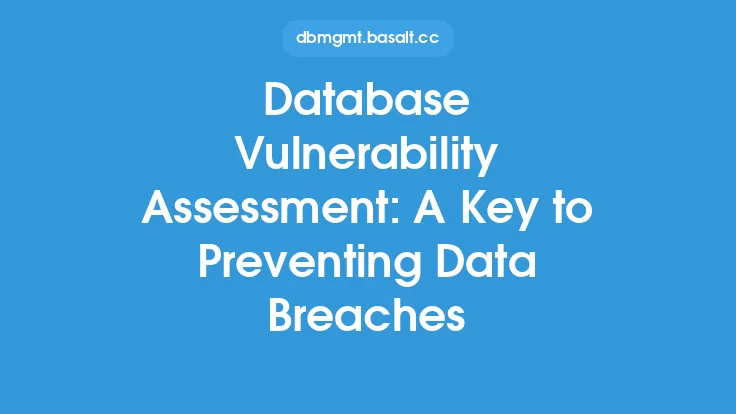Data transformation is a crucial step in the data analysis process, as it enables organizations to convert raw data into a format that is suitable for analysis and decision-making. The goal of data transformation is to take the data from its original state and transform it into a more organized, structured, and meaningful format. This process involves a series of steps, including data cleaning, data normalization, data aggregation, and data formatting, which ultimately result in a transformed dataset that is ready for analysis.
Introduction to Data Transformation Concepts
Data transformation involves a range of concepts and techniques that are used to manipulate and convert data from one format to another. One of the key concepts in data transformation is data quality, which refers to the accuracy, completeness, and consistency of the data. Data quality is critical because it directly affects the reliability and validity of the analysis results. Another important concept is data integrity, which refers to the consistency and accuracy of the data across different systems and applications. Data transformation techniques, such as data normalization and data aggregation, are used to ensure data quality and integrity.
Data Transformation Process
The data transformation process typically involves several steps, including data ingestion, data cleaning, data transformation, and data loading. Data ingestion refers to the process of collecting and gathering data from various sources, such as databases, files, and applications. Data cleaning involves identifying and correcting errors, inconsistencies, and inaccuracies in the data. Data transformation involves converting the data from its original format to a new format, using techniques such as data normalization, data aggregation, and data formatting. Finally, data loading involves loading the transformed data into a target system, such as a data warehouse or a database.
Data Transformation Techniques
There are several data transformation techniques that are commonly used, including data normalization, data aggregation, and data formatting. Data normalization involves transforming the data into a standard format, such as converting all dates to a standard format. Data aggregation involves combining multiple values into a single value, such as calculating the average of a set of numbers. Data formatting involves converting the data into a specific format, such as converting a numeric value to a string. Other data transformation techniques include data masking, data encryption, and data compression.
Data Transformation Tools and Technologies
There are several data transformation tools and technologies that are available, including data integration platforms, data transformation software, and data processing frameworks. Data integration platforms, such as Informatica and Talend, provide a range of data transformation tools and features, including data mapping, data validation, and data quality checking. Data transformation software, such as Microsoft SQL Server Integration Services (SSIS) and Oracle Data Integrator (ODI), provide a range of data transformation features, including data loading, data transformation, and data loading. Data processing frameworks, such as Apache Beam and Apache Spark, provide a range of data transformation features, including data processing, data aggregation, and data formatting.
Benefits of Data Transformation
Data transformation provides several benefits, including improved data quality, increased data consistency, and enhanced data analysis. By transforming the data into a standard format, organizations can improve the accuracy and reliability of their analysis results. Data transformation also enables organizations to integrate data from multiple sources, which can provide a more complete and comprehensive view of the business. Additionally, data transformation can help organizations to reduce errors and inconsistencies, which can save time and resources.
Challenges and Limitations of Data Transformation
Despite the benefits of data transformation, there are several challenges and limitations that organizations may face. One of the main challenges is data quality, which can affect the accuracy and reliability of the analysis results. Another challenge is data complexity, which can make it difficult to transform the data into a standard format. Additionally, data transformation can be time-consuming and resource-intensive, which can be a challenge for organizations with limited resources. Finally, data transformation requires specialized skills and expertise, which can be a challenge for organizations that lack experienced data professionals.
Best Practices for Data Transformation
To ensure effective data transformation, organizations should follow several best practices, including defining clear data transformation requirements, using standardized data transformation techniques, and testing and validating the transformed data. Organizations should also establish data quality checks and controls to ensure that the data is accurate and reliable. Additionally, organizations should use data transformation tools and technologies that are scalable, flexible, and easy to use. Finally, organizations should provide training and support to data professionals to ensure that they have the skills and expertise needed to perform data transformation effectively.
Conclusion
In conclusion, data transformation is a critical step in the data analysis process, as it enables organizations to convert raw data into a format that is suitable for analysis and decision-making. By understanding the concepts, techniques, and tools of data transformation, organizations can improve the quality and consistency of their data, enhance their data analysis capabilities, and make better decisions. While there are challenges and limitations to data transformation, organizations can overcome these by following best practices, using specialized tools and technologies, and providing training and support to data professionals.





